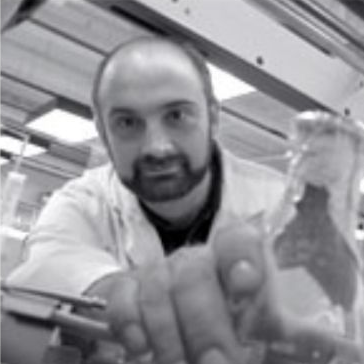Advanced Biorefining: Advances in Co-production of Renewable Biomaterials and Biofuels
A special issue of Materials (ISSN 1996-1944).
Deadline for manuscript submissions: closed (31 March 2019) | Viewed by 22619
Special Issue Editors
Interests: biofuels; biomaterials; biorefining; integrated processing; biocomposites; sustainability
Special Issue Information
Dear Colleagues,
One of the major hurdles for the deployment of both advanced biomaterials and biofuels is the introduction of a new product into established marketplaces that have optimized incumbent products. One promising approach to overcome the economic barriers to marketplace entry is the integrated co-production of high value biomaterials and biofuels through biorefining approaches. Over the past decade, in the United States, Europe, and the rest of the world, efforts have begun to focus on these integrated approaches with the production of nano-structured materials, carbon fibers, and other carbonaceous materials along with 2nd generation and advanced biofuels. With an increasing focus on products and processes with ever increasing carbon emission efficiency the next decade promises development and deployment of these new materials and fuels at an increasing pace. This Special Issue, will explore state-of-the-art progress in the areas of technology development, techno-economic evaluation, environmental impact and sustainability from the multidisciplinary scientific community developing these new advanced bioproducts.
Prof. David BresslerDr. Michael Chae
Guest Editors
Manuscript Submission Information
Manuscripts should be submitted online at www.mdpi.com by registering and logging in to this website. Once you are registered, click here to go to the submission form. Manuscripts can be submitted until the deadline. All submissions that pass pre-check are peer-reviewed. Accepted papers will be published continuously in the journal (as soon as accepted) and will be listed together on the special issue website. Research articles, review articles as well as short communications are invited. For planned papers, a title and short abstract (about 100 words) can be sent to the Editorial Office for announcement on this website.
Submitted manuscripts should not have been published previously, nor be under consideration for publication elsewhere (except conference proceedings papers). All manuscripts are thoroughly refereed through a single-blind peer-review process. A guide for authors and other relevant information for submission of manuscripts is available on the Instructions for Authors page. Materials is an international peer-reviewed open access semimonthly journal published by MDPI.
Please visit the Instructions for Authors page before submitting a manuscript. The Article Processing Charge (APC) for publication in this open access journal is 2600 CHF (Swiss Francs). Submitted papers should be well formatted and use good English. Authors may use MDPI's English editing service prior to publication or during author revisions.
Keywords
- Biofuels
- Biomaterials
- Biorefining
- Integrated Processing
- Biocomposites
- Sustainability







